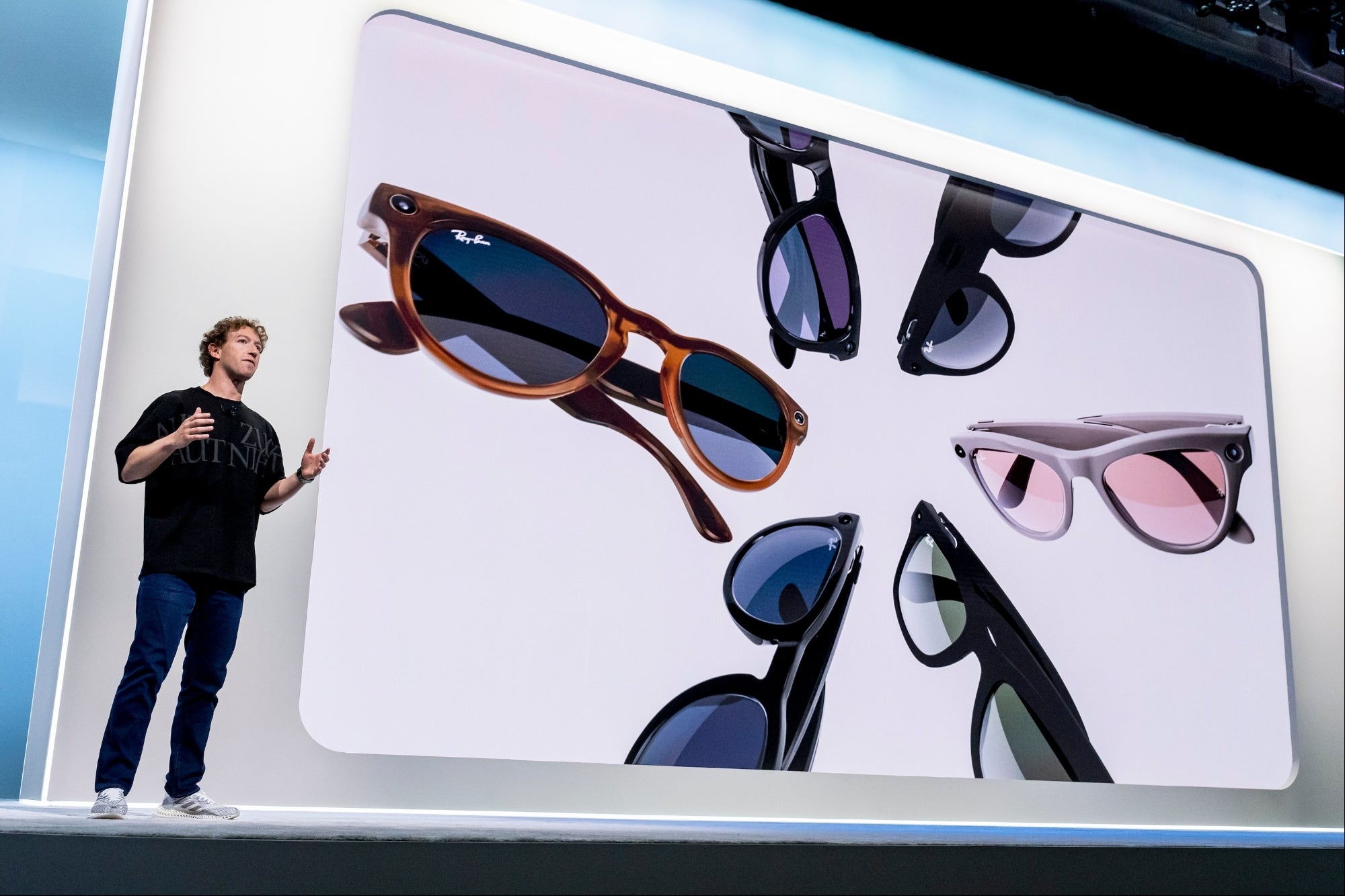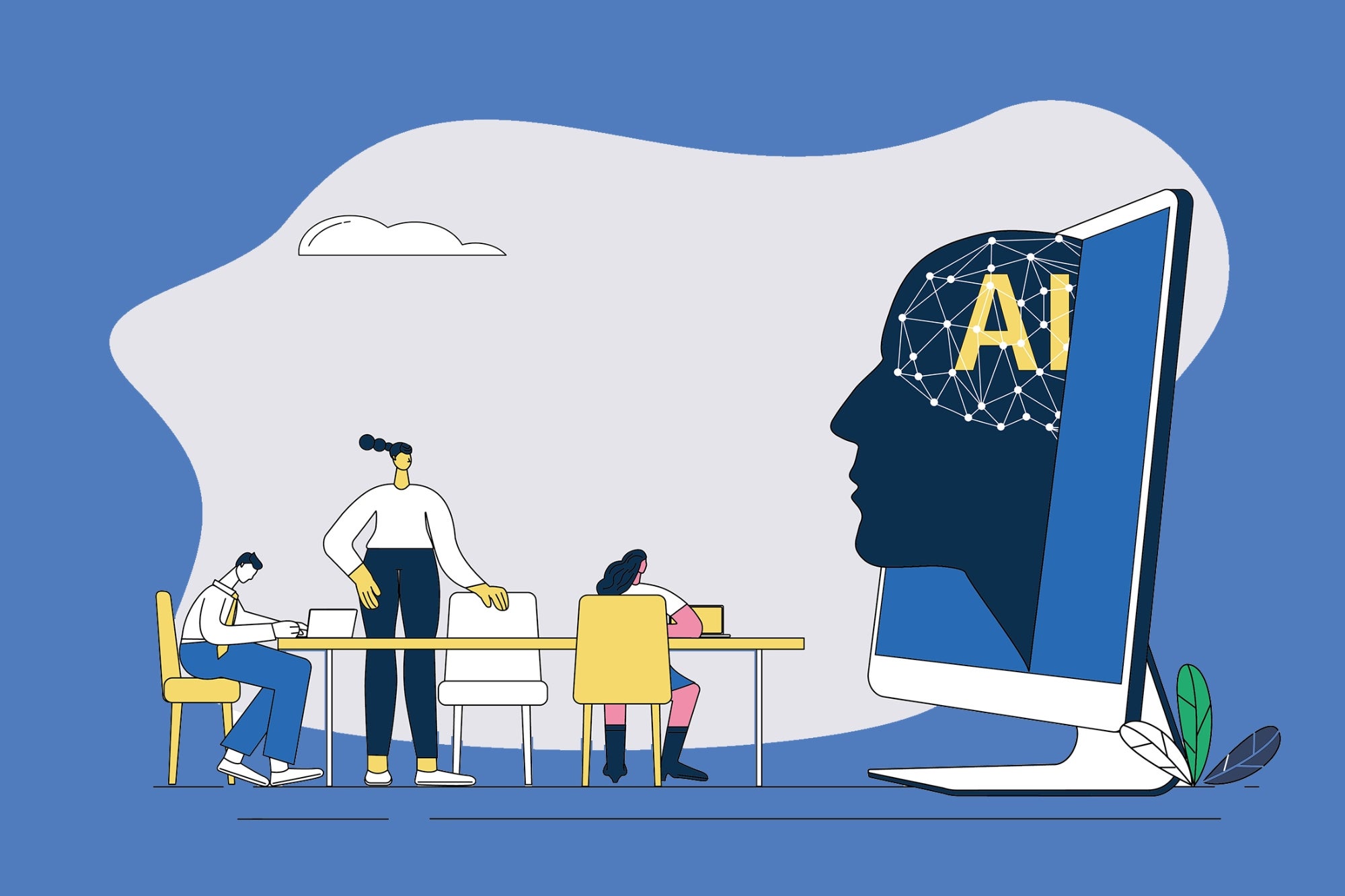Why the EPA and FAA Are Killing Musk's Better Idea Along with pushing the Hyperloop, Elon Musk ponders supersonic air travel. Trouble is, it is against the law.
By Ray Hennessey Edited by Dan Bova
Opinions expressed by BIZ Experiences contributors are their own.
Tucked away in Elon Musk's plan for the Hyperloop linking Los Angeles to San Francisco, is an intriguing thought: Why aren't we breaking the sound barrier in commercial flight?
Musk's Hyperloop is designed for points specifically at 900 miles apart or fewer. Why the limit? "Around that inflection point, I suspect that supersonic air travel ends up being faster and cheaper," Musk said.
It makes that much sense, but we are still flying around at speeds short of the sound barrier.
The reason has nothing to do with science, technology or free-market demand. Rather, the blame falls on one thing: government regulations.
It's not the sound barrier itself, but rather the sonic boom that is the true barrier to supersonic flight. As a result, just as with the Hyperloop itself, it is regulation that is the hindrance, not the science. We can fly that fast pretty easily. Flying an X-1 aircraft, Chuck Yeager was credited with breaking the sound barrier -- exceeding a speed known as Mach 1 -- way back in 1947, and military aircraft do it on a fairly regular basis now.
Related: Why California Can't Be Home to the Hyperloop
So, why is it that we can't apply speeds commercially when the technology has existed for damn near 70 years?
It's against the law. Within the United States, it is illegal to break the sound barrier. The Federal Aviation Administration regulations are quite clear: "No person may operate a civil aircraft in the United States at a true flight Mach number greater than 1" except in certain, very limited conditions.
Even the famed Concorde, which had its brief run from 1976 to 2003, wasn't allowed to fly supersonically in the U.S.
Why? Breaking the sound barrier leads to a sonic boom. And regulators have determined that people need to be protected from sonic booms.
Planes produce sound waves when they travel. At under Mach 1, these waves propagate in front of a plane. When you pass Mach 1, the plane travels faster than the waves itself and that move across the so-called sound barrier produces a large sound, which is the sonic boom. Such sounds happen more frequently than you might think: The crack you hear when someone uses a whip is actually a loop in the leather breaking the sound barrier.
No one -- well, no one without a fetish -- wants to be anywhere near the business end of a bullwhip. But sonic booms from aircraft happen in the sky. Still, at some point in our history, these loud sounds became some kind of public health hazard. In addition to property damage from the sound waves, regulators have feared that it could cause hearing loss or even heart damage.
So the U.S. wrote a bunch of regulations designed to "relieve and protect the public health and welfare from aircraft noise and sonic boom." It is primarily the FAA's responsibility in the U.S., but the Environmental Protection Agency is involved, as well. And "involved" may not be a strong enough word. The FAA can issue whatever regulations it wants, but the EPA has the power to issue even tougher regulations or push the FAA into places it doesn't want to go. The FAA can't even issue exemptions from its rules without consulting with the EPA.
Many business owners believe EPA is actually a four-letter word, since the EPA's involvement in any pursuit is sure to add cost and bother. What's sad about that is that technology now has outpaced the regulations. Most sonic booms can be mitigated by flying high enough (something Musk suggested) and technology exists to design aircraft to limit the decibel level of the booms. "With a high enough altitude and the right geometry, the sonic boom noise on the ground would be no louder than current airliners, so that isn't a showstopper," Musk himself wrote in unveiling the Hyperloop. "Also, a quiet supersonic plane immediately solves every long distance city pair without the need for a vast new worldwide infrastructure."
There is also huge market demand, particularly for business travelers. Jeff Miller, a former Learjet and Gulfstream executive, argued recently that there is capacity for at least 400 private supersonic business jets in the country.
So there is demand and technology -- two magic ingredients for any BIZ Experiences. But we can't break the sound barrier without also breaking the law. Musk can fly to space with his SpaceX aircraft at whatever speed he chooses, but he couldn't build technology to cut the time between Los Angeles and New York.
Windows might rattle, after all. Shelving might vibrate. Someone needs to stand up for the Hummels.
Related: Elon Musk's Hyperloop Vision: High-Speed Pods in Steel Tubes











